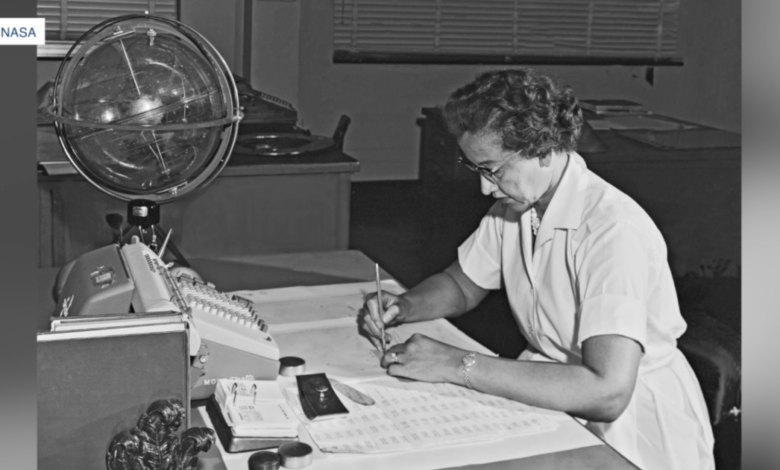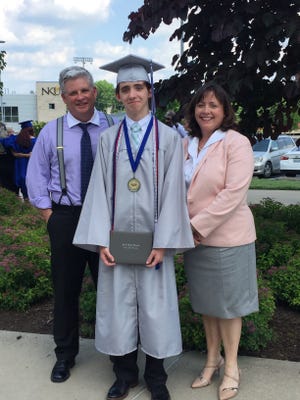
Successfully getting humans into space and back is risky business. However, it was made possible less than a century ago thanks to help from some extraordinary Black women known as ‘Hidden Figures’.
“My name is Duchess Harris and I’m the co-author of a book called ‘Hidden Human Computers: The Black Women of NASA’ and my grandmother was Miriam Daniel Mann and she was one of the first hidden human computers at NASA," Harris said.
Harris, and American studies professor, has dedicated a lot of time to researching the legacy of her grandmother.
“The Hidden Figures were Black women who were human computers at NASA," Harris said. "And human computers were women who checked the math of engineers who were men and this was because women weren’t allowed to become engineers until the mid-1960s."
They were called human computers because this was before IBM mainframe computers. Acting NASA chief historian Brian Odom says their calculations were essential to engineers.
“When they’d get all this data back from a test – wind tunnel testing, any type of testing like that, plotting trajectories – it was the job of those women to kind of crunch the numbers, to do the math,” Odom said.
Harris says her grandmother had the opportunity to go to college, which was a big deal considering she was born only 40 years after slavery was abolished. However, women of color like her first broke into the space industry out of necessity.
“When World War II broke out, NASA needed Black women to become computers because there weren’t enough educated white women to fill up the spots that were needed because the men were deployed because of the war,” Harris said.
That brought Mann into the highest-paying job a Black woman could get at the time.
“She was in the entering class in 1943 of 11 Black women who passed the Civil Service Exam," Harris said. "And so she went off to work with an 8-year-old, a 7-year-old and a 6-year-old, and the 7-year-old was my mom.”
Harris says her grandmother started the job shortly after President Franklin D. Roosevelt desegregated federal jobs, but not the physical workspace itself. So the Black women were sectioned off to the west side where there were ‘colored’ signs to label things like the restroom. Mann did not like those signs.
“They were actually on the wall, you could slide them off, and she’d put them in her purse and then she’d bring them home and my mother and my uncles would laugh about how their parents would fight about it because my grandfather thought of course she’d get in trouble, she’d get fired and he didn’t want her to lose the income,” Harris said.
More than 70 years later, Harris and Odom says it’s extremely important to recognize the contributions of these women.
“Our job at NASA is to inspire," Odom said. "To inspire people to enter into these very hard fields, difficult fields from a training standpoint, difficult from a professional standpoint, and to reach into underserviced, underrepresented groups. Females are unfortunately still part of that. African Americans definitely, African American females.”
“If people don’t know what women have done before them, sometimes young boys don’t think of women as authority figures and young girls don’t think that they can aspire for these positions,” Harris said.
Odom says without these hidden figures, we likely wouldn’t be where we are today.
“You’ve got to have a diversity of ideas if you want to do the hard things of space exploration and scientific discovery at that level. It takes everyone and it take that intermingling of ideas from multiple perspectives,” Odom said.






